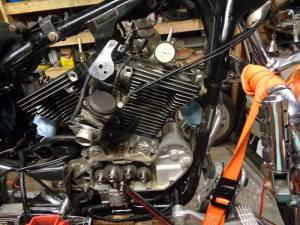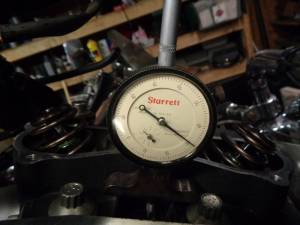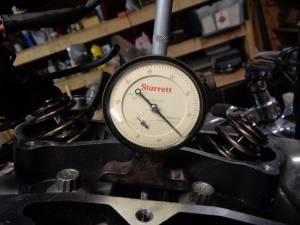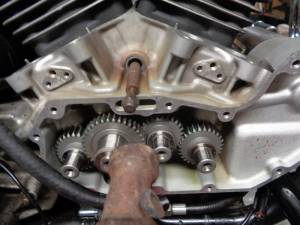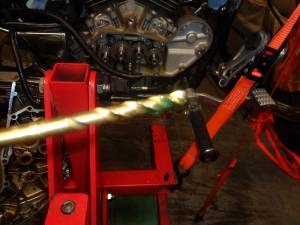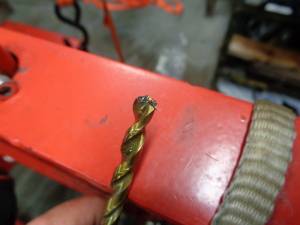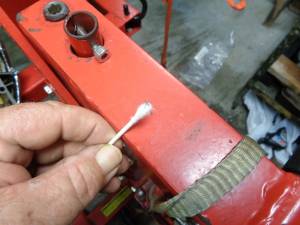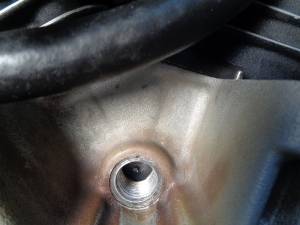Table of Contents
This is an old revision of the document!
REF: Engine Mechanicals - Sub-01C
Making Your Own TDC Mark in the Crankshaft
- A dial depth gauge will probably not work for single plug heads as there is no positive placement where it will stay put while working.
Choose your tool for measuring TDC
Dial Gauge
- Arguably, the best tool to use to achieve true TDC is a dial gauge whether you hang it from a post or use a depth gauge doesn't matter as long as you can make it stable where it doesn't move.
- Check the length of probe needed on the dial gauge prior to setting it in the plug hole by using a straw in the hole and turning the engine to get the approximate TDC.
- Use a rounded probe end (not the pointer type) so it will slide up when the piston contacts it instead of getting stuck and binding up.
| You can do a pre-length check by bringing the piston to the top with a straw through the spark plug hole. 1) This will tell you about how long of a probe you need while also allowing for the distance of throw on your specific gauge. |
|
 | 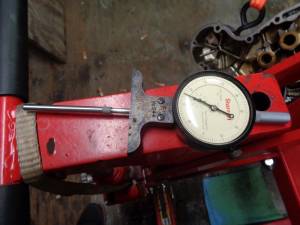 |
Setting up your gauge
- Set the probe off in the plug hole as straight as possible. Position it so that any bumping or vibration from turning the engine will not move the gauge.
Making the timing mark
1)
photos by Hippysmack


